
The night sky is FULL of stars! If you live in the city, you might need to take a camping trip or visit our planetarium to see them, but there are billions and billions of stars in the sky. Let’s learn more about them!
Stars are huge balls of hot glowing gasses like hydrogen and helium.
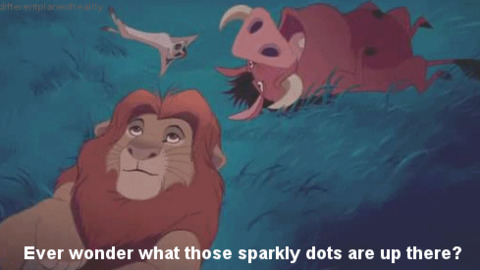
Stars are different sizes, shapes, colors, and temperatures. They can live alone or in pairs or groups!
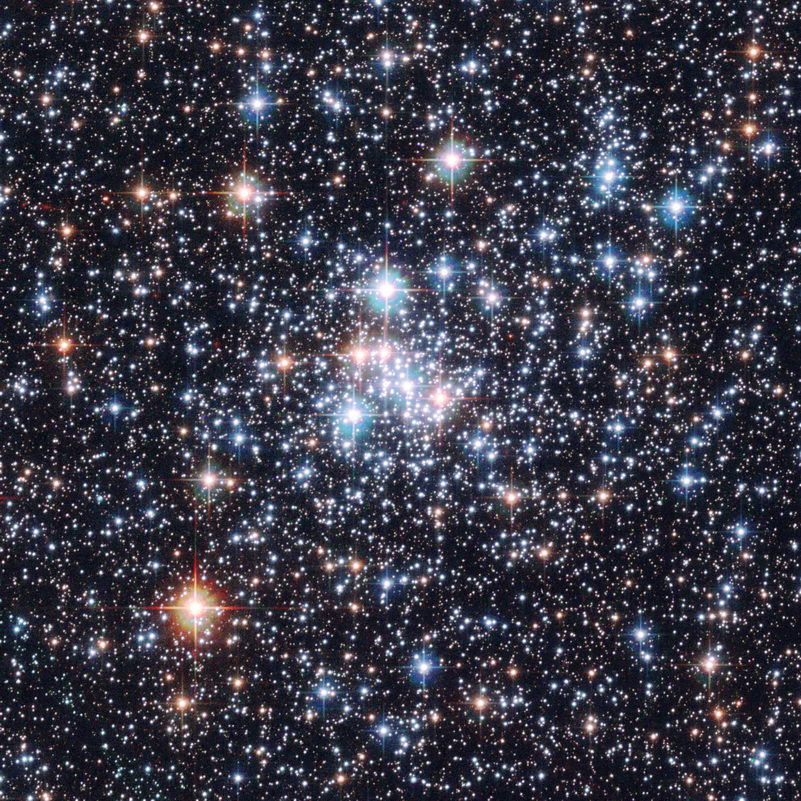
A cluster of stars
You may think that stars are very far away- most of them are, but there is one close star we see every day… the sun!
You can tell how hot a star is by what color it is. Just like fire, a hotter star can be white or blue. A cooler star is yellow or red.

Star colors from hot to cool
Something happens near a cloud of gasses in space that changes the gravity- maybe a nearby explosion or a passing object flying through space.

Home run, or a new solar system?
This change in gravity makes the cloud start to get clumpy. It's like the beginning of making a cake- all the ingredients are loose in the bowl, but once you stir them they start to clump up.
Gravity pulls the clumps in to one ball, which starts to get smaller and smaller, kind of like taking a big lump of play-doh and squeezing it down into a tight ball.
The ball starts rolling out into a disc like a Frisbee.
The disc spins and spins, getting hotter and attracting more dust and gas.
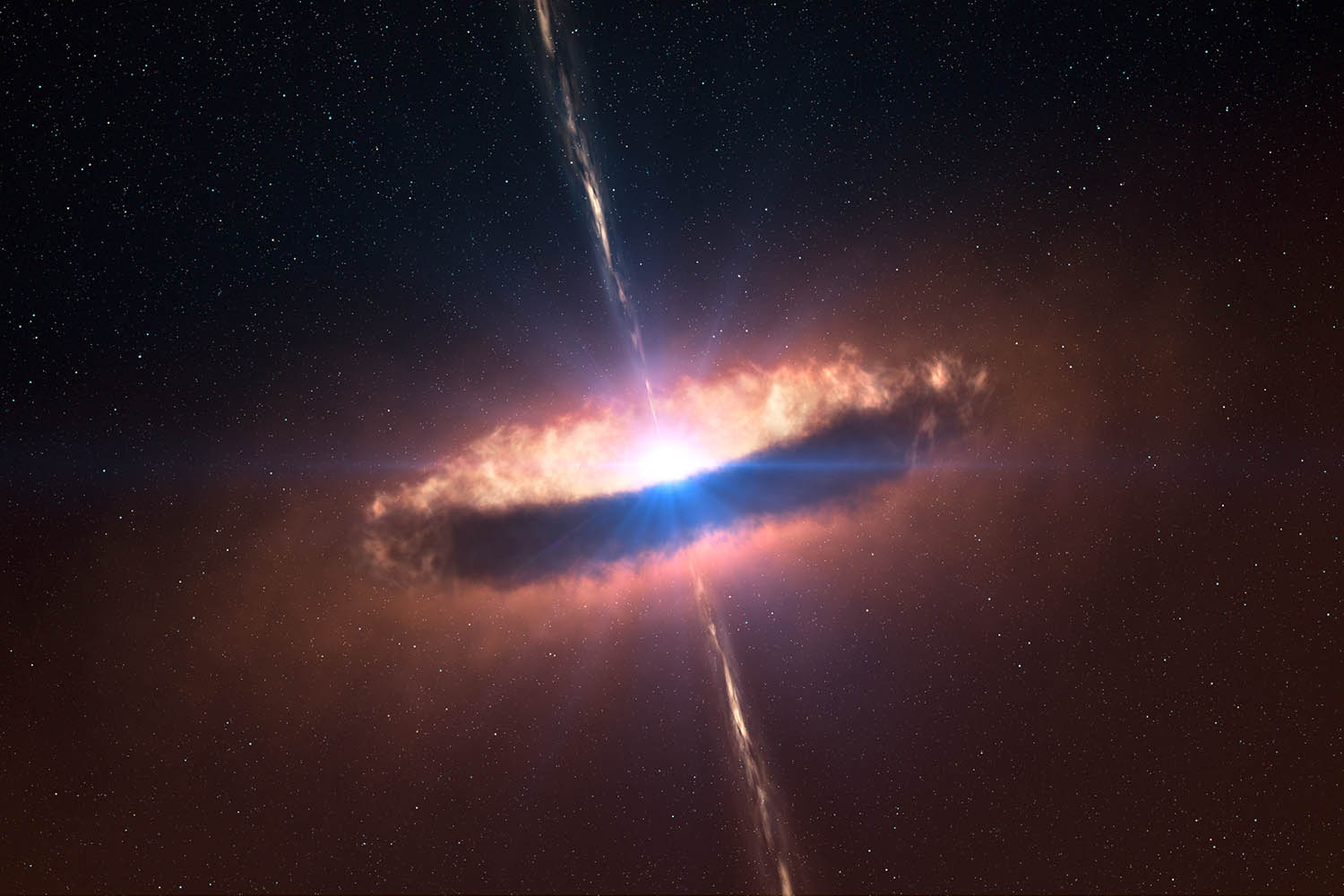
The Frisbee, or protostar.
After about a million years, a small, hot lump forms in the middle. This will become the center of the star, or the core.
For millions more years, the Frisbee will spin and burn, collecting more dust and gas, until it is hot enough and has enough material, then it will explode outward into a star! It might even have a little bit of extra dust and things, and a planet might form to orbit around it.
There are 88 constellations in our sky, but what are they?

Some constellations
The easiest way to say it is that a constellation is a group of stars. Almost as long has humans have been on Earth, we have been making patterns in the night sky.
What you might not have known is that sometimes what we call a constellation is actually an asterism. The pattern of stars we see that is sometimes an asterism, and the area around those stars is a constellation. Some of our most famous constellations are actually asterisms, like the Big Dipper!

The big dipper
The Big Dipper is an asterism, but it is part of the constellation Ursa Major, or the Big Bear. It’s kind of like how you belong to your teacher’s class, and you also belong to your school. Imagine everyone in your class is a pattern of stars, or an asterism, and all the other kids around you in your school are the constellation. Then all the schools in your city are the constellations that make up your night sky!
In 1922, a group of people called the International Astronomical Union decided what the constellations were. Scientists still use this map today! Odds are if it isn’t one of the 88 constellations, it’s an asterism!

Our constellations
This is a handy way for scientists to quickly find a star- can you find Ursa Major? What about Orion?
I found a fantastic activity for forming constellations on a great blog called Deceptively Educational, which I’ve linked at the end of this post.
For this activity, you’ll need some glow bracelets, which can be found at a store like Walmart or a party supply store. You might also want to have a few pictures of constellations handy. If you want to go all the way with this activity, you can pick up some glow-in-the-dark stars, like the kind people put on the ceiling as decoration.

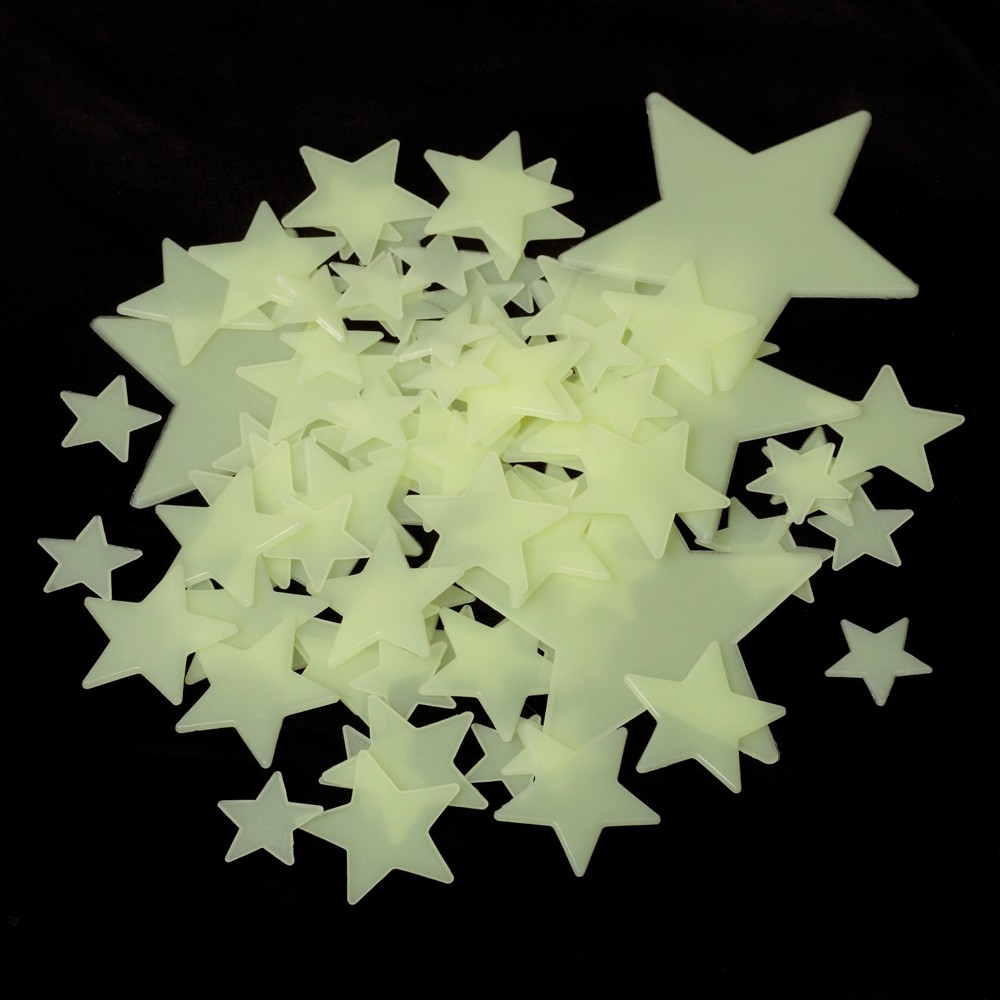
First be sure to snap the bracelets and give them time to glow. Once you’ve got a good stockpile of bracelets, turn out the lights! This activity works best in a room without windows like a closet or a bathroom.
Practice making known constellations and asterisms with the glow bracelets. Use the bracelets as lines to connect your “stars”. You can use glow-in-the-dark stars you bought, or just scraps of paper.
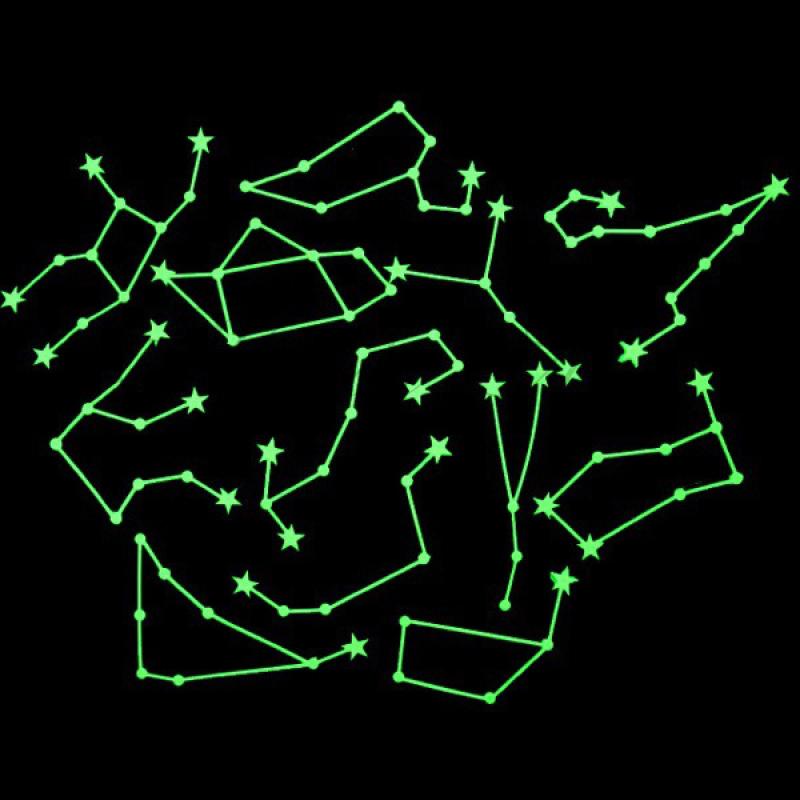
Now, make your own constellations! This is a great manipulative activity that exercises the imagination while learning about our night sky. Want to keep your glow sticks alive longer? Once you’re done with them, put them in a baggie and put them in your freezer.
http://science.howstuffworks.com/star.htm
http://deceptivelyeducational.blogspot.com/2013/10/glow-stars-and-sticks-constellations.html